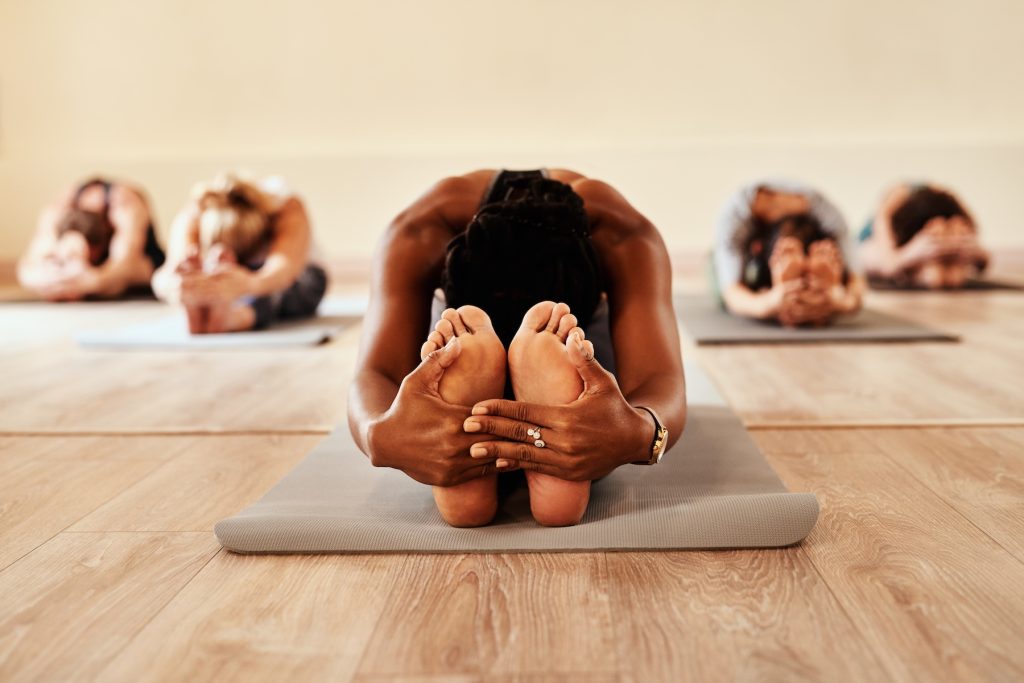Hypermobility is commonly evident in movement-based classes (and among teachers), but is it catered for? Hypermobility may initially seem like a blessing, yet it can present unique – and possibly surprising challenges, ranging from joint pain, stiffness and tension, a propensity for injury, compensatory imbalances, a scattered mind and difficulty with spatial awareness. How can we, as teachers, best work with hypermobility, so that the practice we offer remains safe, enjoyable, beneficial and sustainable?
How can approaches for hypermobility benefit the whole class?
Join us to explore this important subject and refine new skills and understanding in a supportive, interactive environment.
want to know about future training?
Email Tammy to be included in the mail out for future training.

This workshop explored how yoga and ayurveda can be adapted to meet each person’s unique needs, revealing why there is never just one “right” practice. Led by experienced therapists Sabine Dahn and Barbara Dancer, the day combined thought-provoking discussion with practical sessions, guiding participants through the process of creating skilful, tailored practices that reflect the complexity of individual health circumstances. Attendees left with fresh insights into the creative, person-centred approach of yoga therapy and its valuable role in supporting whole-person health and wellbeing.
This session, led by experienced teacher and trainer Carol Trevor, offered mindful movement teachers an in-depth look at how to recognise and support students with hypermobility. Through a mix of discussion and practical exploration, participants learned how hypermobility can present in subtle or obvious ways—from “locked” joints and exceptional flexibility to coordination challenges, aches, and other symptoms. The workshop highlighted that while hypermobility can sometimes seem advantageous in yoga, it also carries risks if not approached with care. Teachers left with greater awareness, practical strategies for adapting classes, and a deeper understanding of how to build confidence, prevent injury, and ensure students can practise safely and enjoyably for the long term.
This CPD session with Carol Trevor explored some of the practicalities of how the lived experiences of neurodiversity (includingAD(H)D, dyslexia, autism, dyscalculia and dyspraxia) are best placed to inform our teaching approach. And explored the question – Why can mindful movement be so helpful and what is problematic?
Discover too how the unique needs, gifts and challenges of these populations elevate our teaching skills and outlook overall, and often for the benefit of the whole class
Hosted by Gabi Parkham, this included:
Hosted by Nicola Harvey.
The word ‘Yoga’ is derived from the Sanskrit root ‘Yuj’, meaning ‘to unite’. It is a spiritual practice, centred around ancient principles and philosophies to bring harmony, compassion, and authenticity into our lives.
Whilst yoga has an enriching foundation, the experiences shared by global majority individuals (Black, Asian, Minority Ethnic) often state incidents of racial bias and feelings of exclusion in yoga spaces.
Racial literacy is a set of practices designed to recognise, respond to and counter all forms of racial discrimination.
This introduction to ‘sharing mindful movement through a trauma sensitive lens’ in an opportunity for you to consider and explore ways in which you could make your teaching more trauma sensitive. The learning space is a collaborative space where participants are invited to bring their ideas and questions and learn together.
The learning objectives for the day are for you to:
1. Experience a short trauma sensitive practice
2. Name simple ways you can make make your classes more trauma sensitive
3. Understand why it is important for mindful movement teachers to be trauma aware